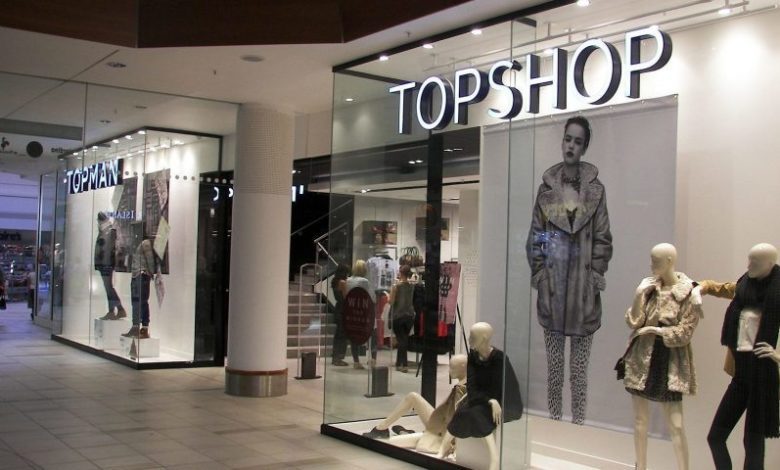Topshop’s comeback: a boon for the high street?
In 2021, ASOS acquired Topshop and focused on reviving the group through an online-only presence. However, recent teasers on social media have hinted at a potential return to physical stores

Topshop is back. Once a beacon of British high street fashion, the brand has teased its return to reclaim its position in the retail landscape.

